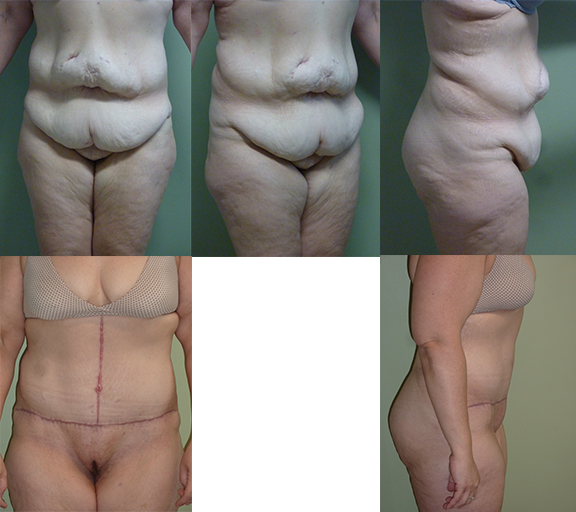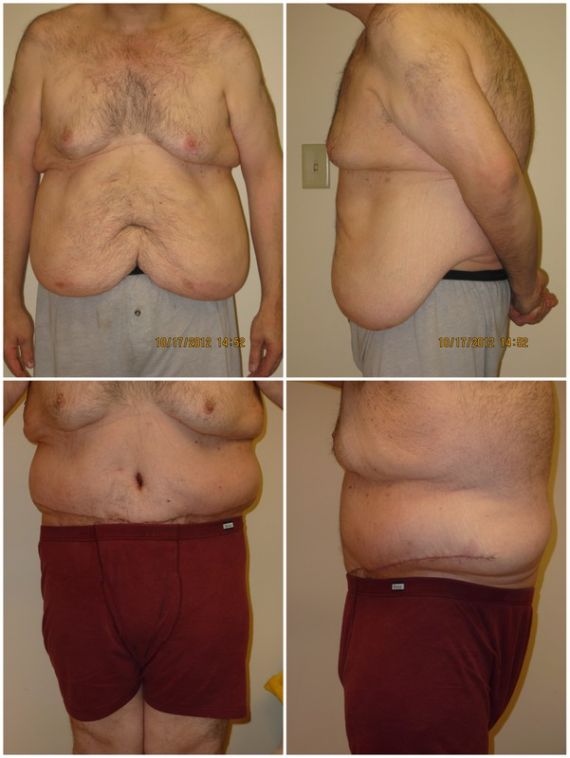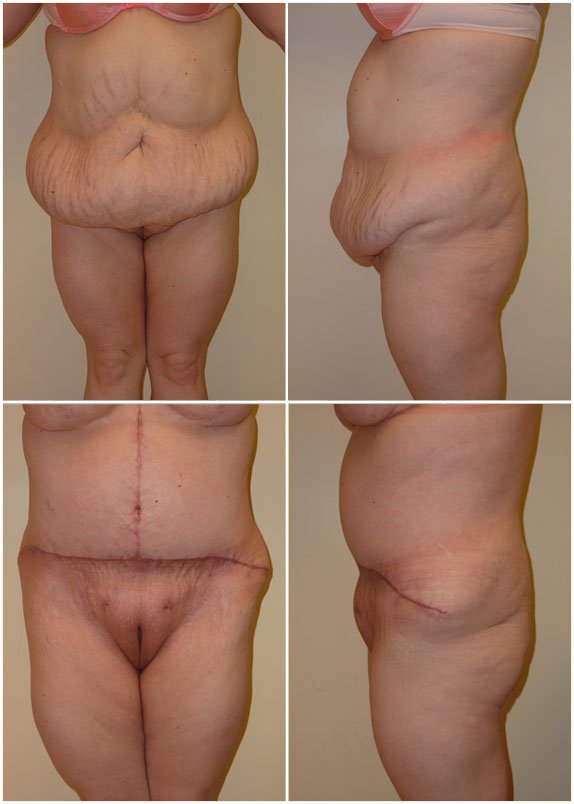Unlike most of the other procedures offered here at Sterling Plastic Surgery, a panniculectomy is not technically classified as a cosmetic surgery. Often confused with a tummy tuck, a panniculectomy is performed to remove the “pannus,” defined as excess skin and tissue which hangs from the lower abdomen almost like an apron.
Although the abdomen will appear smoother following a panniculectomy, this procedure will not tighten abdominal muscles; for that, schedule a tummy tuck consult. In fact, many patients elect a combination procedure, in which a panniculectomy and tummy tuck are performed during the same surgery.
Important Points for a Panniculectomy
Not everyone is a good candidate for this procedure. As with other surgical procedures, it’s best if you are already in good health and do not smoke. Weight is a critical factor here, too. For many patients, a panniculectomy is the next step following significant weight loss. If this sounds like your situation, it’s critical that you have successfully maintained your weight loss for at least six months; however, a year is preferable.
Generally, patients who are physically active tend to see better, more long-lasting results. Maintaining your weight after a panniculectomy is also very important for this reason.
During the procedure itself, your surgeon will make two incisions, the length of which depends on the amount of skin and tissue that must be removed. Any extra skin and fat will be excised from these incisions, after which the surgeon will close with stitches. It’s possible that a panniculectomy might reposition or even remove your belly button; however, this is something that will be determined during your consult.
For most patients, this procedure is completed on an out-patient basis. Occasionally, overnight hospitalization is required. In either case, stitches are often removed less than a week following the procedure with internal stitches dissolving over time.
Recovery is measured in months with follow-up appointments scheduled to ensure effective healing, safeguard against infection, and monitor patient restrictions, which will lessen over time as the body heals.
Since panniculectomy procedures vary from patient to patient, it’s important that you contact our office and request a consultation with Dr. Sterling.



